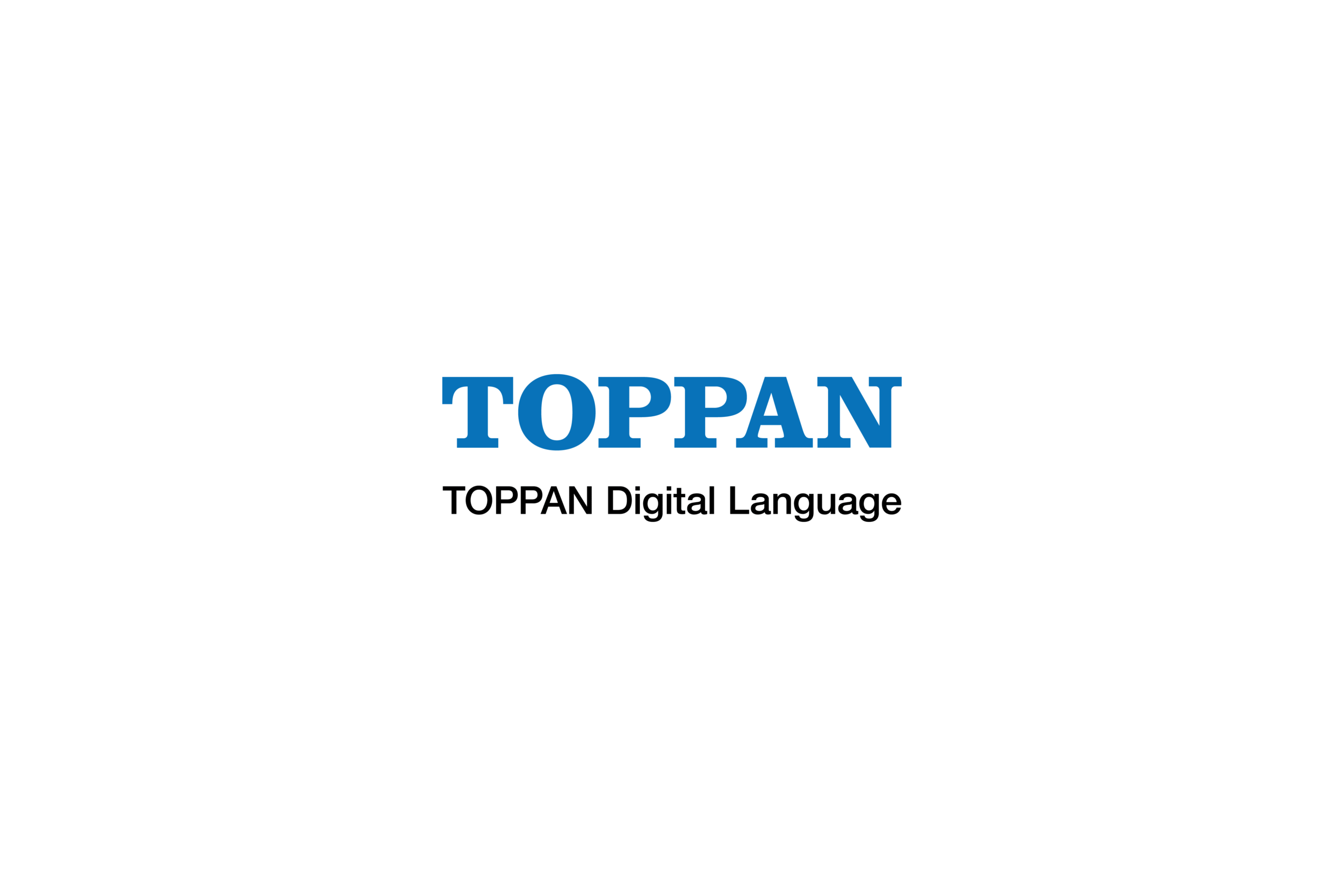In the concluding part of our Managed AI series, we address one of the most pressing challenges companies face today: the risks of using AI tools.
With many companies handling high-risk content such as legal contracts, medical guidelines, or financial reports, the stakes couldn’t be higher. A mistranslation or compliance misstep could lead to lawsuits, reputational damage, or hefty fines. Managed AI is your essential safeguard.
By simplifying AI adoption while embedding risk management at every step, Managed AI ensures businesses can harness innovation without compromising on quality, compliance, or security.
The risk landscape in AI-driven language services
The power of AI for translation and Natural Language Processing (NLP) is undeniable, enabling a step-change in speed and throughput, but it is not infallible. Machine translation can lack fluency or misinterpret nuance, LLMs might generate plausible but inaccurate outputs and automated proofreading could miss context-specific errors.
For the translation of business-critical content, these inherent flaws introduce new risks into established workflows. Furthermore, there is a growing web of AI-specific regulations and compliance requirements on the horizon. These include the EU AI Act, which classifies AI systems by risk level and imposes strict requirements on “high-risk” applications, such as those impacting legal or health outcomes.
ISO standards, such as ISO 27001 for information security or ISO 17100 for translation quality, further underscore the need for rigorous processes. These requirements include:
ISO 27001 – Information Security Management
- Risk Management: Identify and address information security risks
- Data Protection: Safeguard sensitive data from unauthorized access
- Security Controls: Implement security measures to prevent breaches
ISO 17100 – Translation Quality
- Quality Assurance: Ensure translation services meet defined quality standards
- Qualified Personnel: Use qualified translators and reviewers
- Process Documentation: Maintain clear documentation for traceability and consistency
Businesses adopting AI without a clear strategy risk non-compliance, data breaches, and quality failures.
How Managed AI mitigates risk
Managed AI transforms this chaotic landscape into a controlled, risk-aware journey. From ideation to optimization, as outlined in our maturity model, we prioritize risk management at every stage.
During the intention and ideation stage, we align AI deployment with your specific risk profile, whether it’s regulatory compliance or content accuracy.
In the evaluation and proof-of-concept phases, we benchmark models against ISO-quality standards and test for vulnerabilities, ensuring outputs meet both technical and legal thresholds.
Human supervision is ever-present, providing a critical layer of oversight to catch errors AI might miss. We start by focusing on the exact use case (translation, summarization, sentiment for example), then select the model that best fits the language mix, security constraints, and budget.
This up-front diligence helps to keep avoidable risks out of the pipeline.
Managing regulatory compliance
When we move to production and scale, Managed AI embeds compliance. We’ve already folded AI-specific controls into our HiTrust certification, validating supplier audits, data-flow governance, and security checkpoints, no matter which AI engine a client prefers.
For instance, the EU AI Act demands transparency, accountability, and risk assessments for high-risk AI systems. We meet these requirements through robust governance frameworks.
We secure your data to ISO 27001 standards, protecting against breaches that could expose sensitive content. Cost management also reduces financial risk, preventing runaway expenses as you scale across languages or use cases.
A proactive approach to an AI-centric future
What sets Managed AI apart is its proactive stance. Rather than reacting to risks after they emerge, we anticipate them.
The EU AI Act, for example, mandates ongoing monitoring and human intervention for high-risk systems. These principles are baked into our efficient running and management phase. By continuously optimizing AI performance and adapting to new regulations, we keep your operations compliant and resilient.
Quality isn’t sacrificed either; human linguists ensure translations align with domain-specific needs, meeting ISO 17100 benchmarks.
Why risk management is critical
For businesses in language services, adapting to AI’s potential is essential. But deploying it without a managed approach is like driving a car without a seatbelt. Managed AI turns that risk into opportunity, offering a structured, compliant, and quality-driven path to transformation.
In a world where errors can cost millions and regulators are watching, Managed AI represents the clearest path to harnessing AI responsibly.
Ready to transform your language services with AI? Contact us to explore how Managed AI can deliver tailored, compliant, and cost-effective solutions for your business.
Contact us

